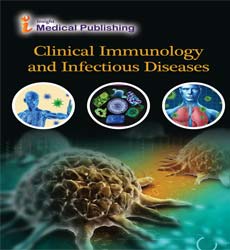Endocrine Therapy in Epithelial Ovarian Cancer (EOC) New Insights in an Old Target
Ovarian cancer is the second most common, and most lethal gynecologic malignancy in developed countries. Worldwide, it accounts for an estimated 239,000 new cases and 152,000 deaths annually . Epithelial Ovarian Cancer (EOC) is the most common histologic type (95%), with serous being the most common subtype (75% of epithelial carcinomas, with a further High Grade Serous Cancer (HGSOC) and Low Grade Serous Cancer (LGSOC) [2,3] followed by endometrioid, clear cell and mucinous cancer. Approximately 65% of all patients with EOC are diagnosed with stage III or IV disease, which partially explains the poor prognosis (5- years-survival 14-23%). The standard treatment recommendation for advanced disease in all histological subtypes includes optimal cytoreductive surgery followed by a combined chemotherapy with carboplatin and paclitaxel. However, despite high response rates, the prognosis remains poor and most patients will usually relapse within years of initial diagnosis. There is an urgent need to develop new therapeutic strategies for primary and recurrent disease, as well as for maintenance treatment. To date, angiogenesis-inhibitors and inhibitors are approved for maintenance treatment. However, none of these drugs showed either a survival or a better cure rate; therefore, future directions should focus on drugs that improve outcomes by maintaining the best quality of life and extending the length of remission.
Open Access Journals
- Aquaculture & Veterinary Science
- Chemistry & Chemical Sciences
- Clinical Sciences
- Engineering
- General Science
- Genetics & Molecular Biology
- Health Care & Nursing
- Immunology & Microbiology
- Materials Science
- Mathematics & Physics
- Medical Sciences
- Neurology & Psychiatry
- Oncology & Cancer Science
- Pharmaceutical Sciences
